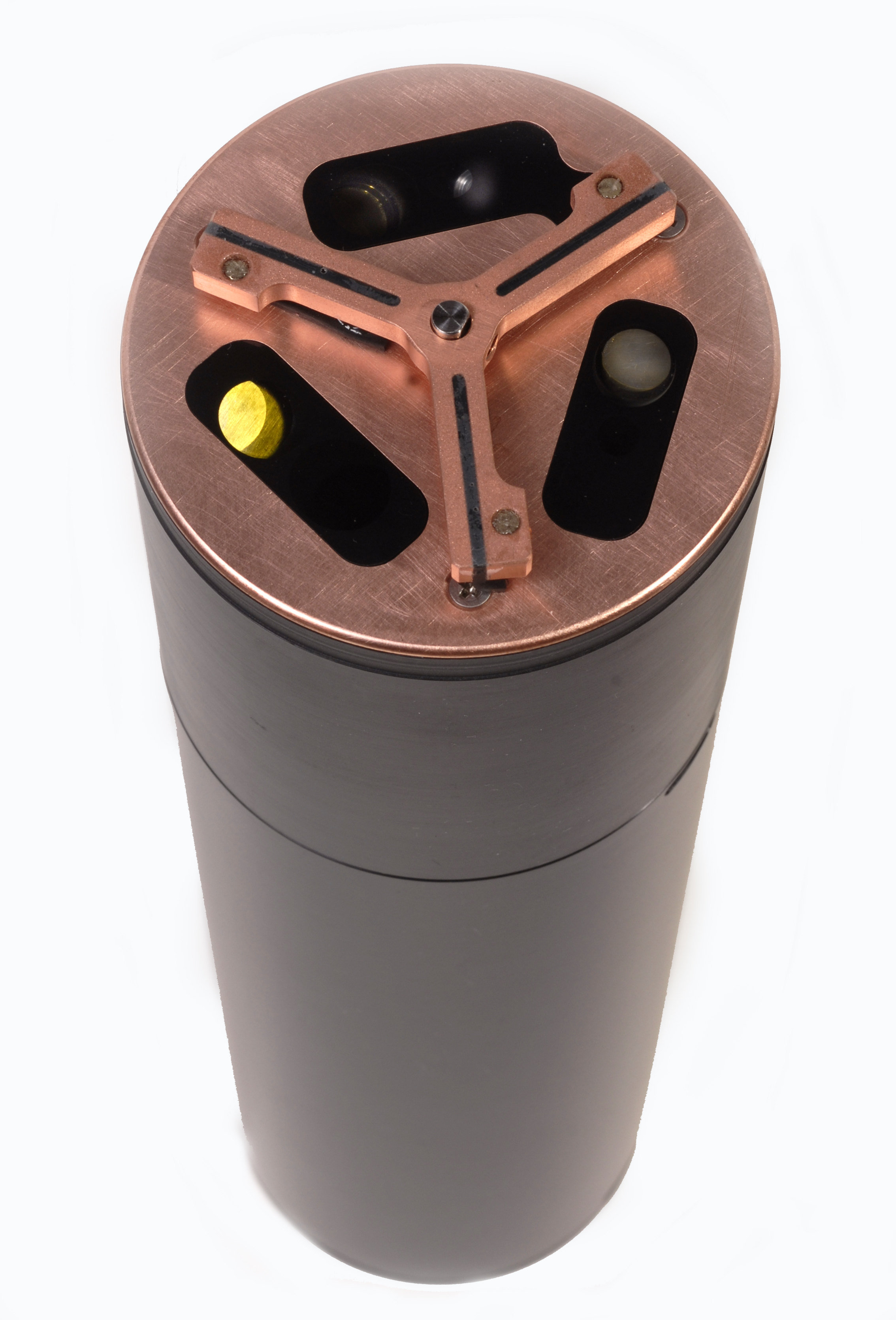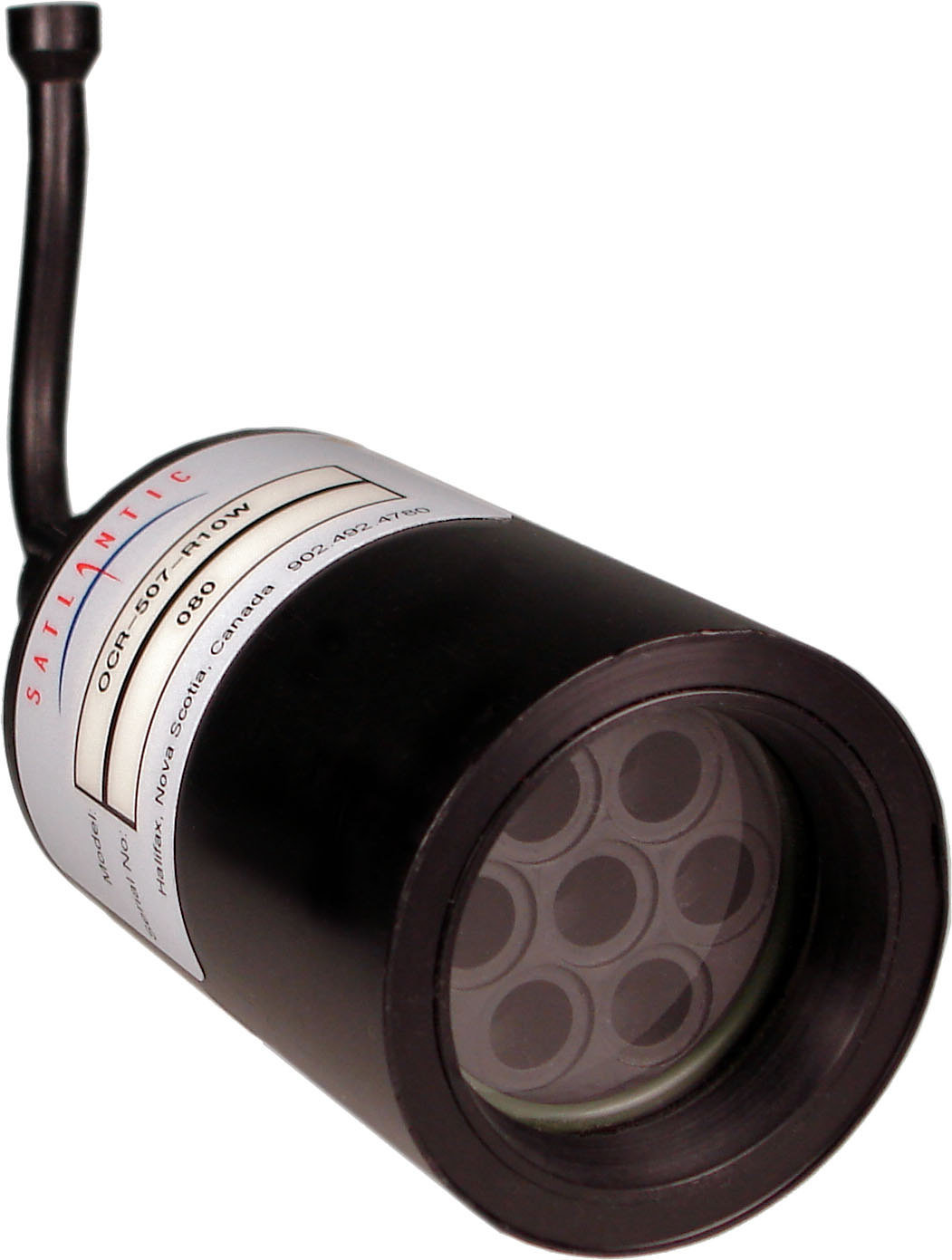Optical Instruments – SPKIR, OPTAA, & FLOR – Selected for Ocean Observatories Initiative (OOI)
The Consortium for Ocean Leadership, with funding from the National Science Foundation (NSF), has selected Satlantic LP of Halifax, Nova Scotia, Canada, to provide Spectral Irradiance Radiometer (OOI instrument class SPKIR) Instruments and WET Labs Inc., of Philomath,OR to provide seawater Optical Attenuation and Absorption (OPTAA) and Fluorometer (FLOR) instruments for the measurements of optical backscatter, chlorophyll a and colored-dissolved-organic-matter (CDOM) for the Ocean Observatories Initiative (OOI).
Under the terms of a “not to exceed contract”, Satlantic will provide up to 27 SPKIR instruments. WET Labs received two “not to exceed” contracts, one for supplying up to 55 OPTAA instruments, and a second one for provide up to 56 FLOR instruments. Note that “not to exceed” contract values and numbers of instruments to be purchased are subject to the availability of federal funds.
Satlantic
Satlantic is an advanced ocean technology company that develops optical sensors for aquatic research and water quality monitoring. Satlantic’s Model OCR-507 instruments with the Bioshutter II device to minimize biofouling will be provided to meet the requirements of the OOI.
The OCR-500 Series Radiometers are fully digital optical sensors that combine precision optics and high performance microelectronics. The radiometers may be operated as a stand-alone device or in a networked environment as part of a larger system. These units are available in four or seven channel discrete wavelengths. The OCR-507 instruments will be fixed within the water column.
The OCR-507 dimensions are 12.5 cm long x 6.5 cm diameter and the weight in air is 420 grams. Its features include irradiance and radiance sensors for in-water and in-air applications across standard wavelengths from 400 – 865 nm, fully characterized cosine response, custom low fluorescence filters, and fast sampling rate (7 – 24 Hz optional).
For more information visit the Satlantic website.
WET Labs
WET Labs develops and manufactures underwater instrumentation to detect vital biological, chemical and geological parameters and processes of the earth’s oceans, lakes and streams. The ECO Triplet instrument with biofouling mitigation and the ac-s Spectrophotometer with biofouling mitigation will be provided to meet the FLOR and OPTAA needs of the OOI, respectively.
The ECO Triplet-w consists of a cylindrical pressure housing with the optics, copper face plate and wiper assembly at one end and power and communications bulkheads via a 6-pin bulkhead connector on the other end. The Triplet is a three-optical-sensor instrument available in a user-defined configuration to address the need for multiple simultaneous scattering and fluorescence sensors for autonomous and unattended measurement platforms.
The ac-s in-situ Spectrophotometer, based on the highly successful ac-9, offers almost an order of magnitude increase in spectral resolution of in-situ absorption and beam attenuation. The 4 nm resolution allows for spectral “fingerprinting” and deconvolution analysis.
The ECO Triplet dimensions are 6.49 cm long x 8.08 cm diameter and the weight in air is 1.16 kilograms. The ac-s dimensions are 79 cm long x 10.4 cm diameter and the weight in air is 5.9 kilograms.
For more information visit the WET Labs website.
The OOI, a project funded by the NSF, is planned as a networked infrastructure of science-driven sensor systems to measure the physical, chemical, geological and biological variables in the ocean and seafloor. As a fully integrated system, OOI will collect and disseminate data on coastal, regional and global scales. Through a unique cyberinfrastructure, OOI will make ocean observing data available to anyone with an internet connection. Greater knowledge of the ocean’s interrelated systems is vital for increased understanding of their effects on biodiversity, climate change, ocean and coastal ecosystems, environmental health and climate.
About the Consortium for Ocean Leadership
The Consortium for Ocean Leadership is a Washington, D.C.-based nonprofit organization that represents 99 of the leading public and private ocean research and education institutions, aquaria and industry with the mission to advance research, education and sound ocean policy. The organization also manages ocean research and education programs in areas of scientific ocean drilling, ocean observing, ocean exploration, and ocean partnerships.
For more information on the OOI please visit the OOI Website or follow us on Facebook and Twitter.
For more information or interviews, contact:
Leslie M. Smith, PhD
Science Communicator, OOI
Consortium for Ocean Leadership
Office: (202) 787-1613
lsmith@oceanleadership.org



